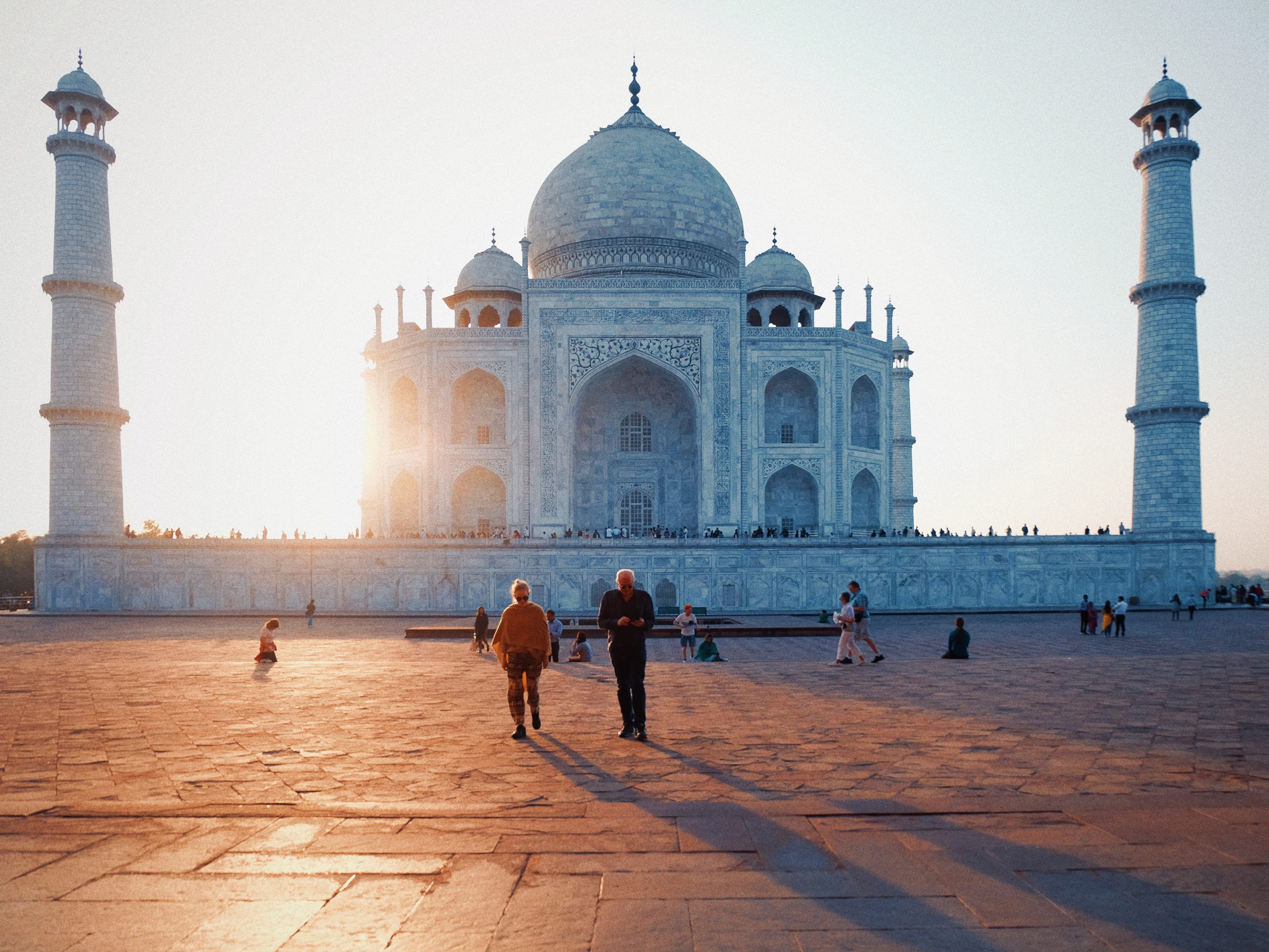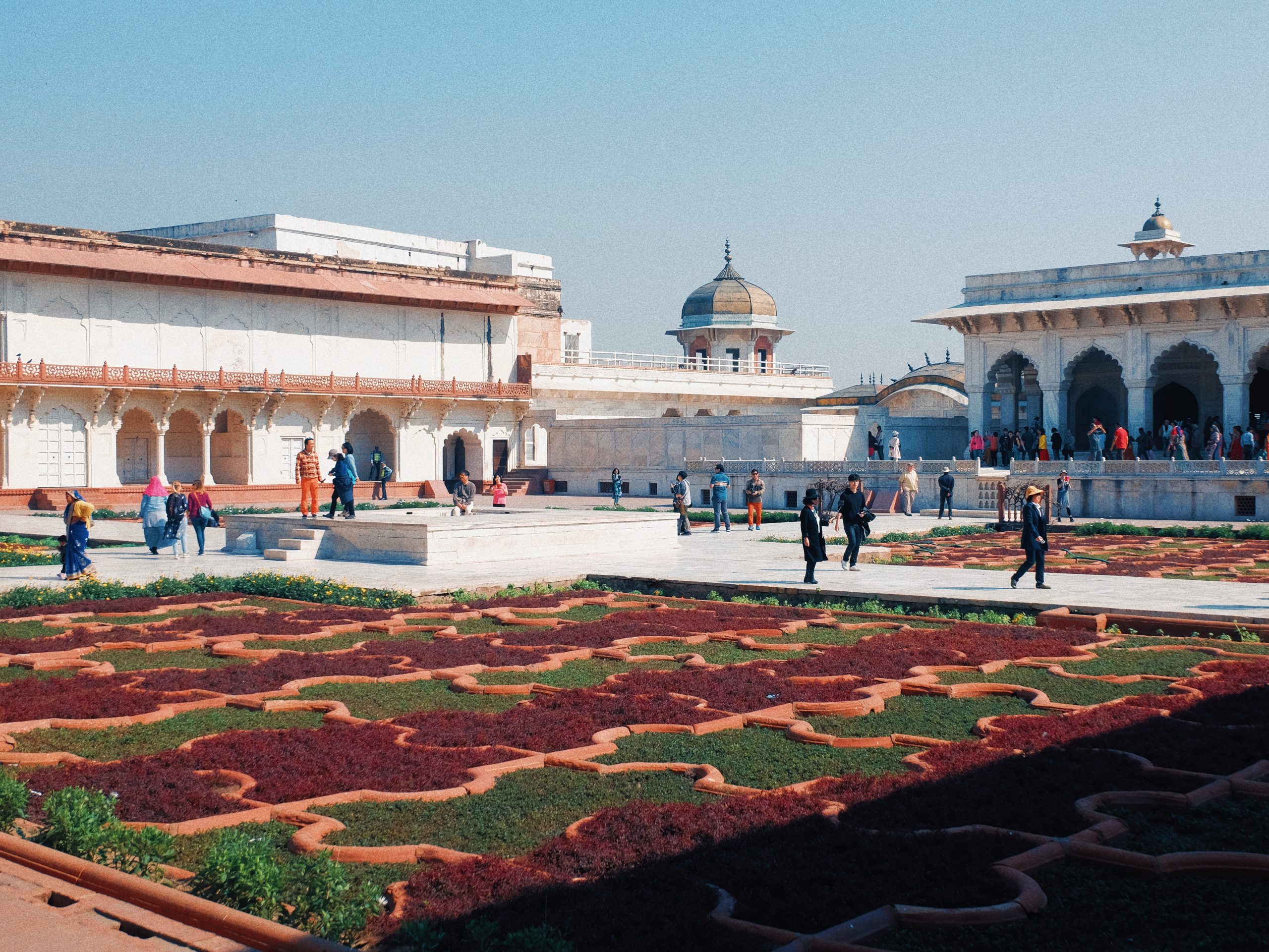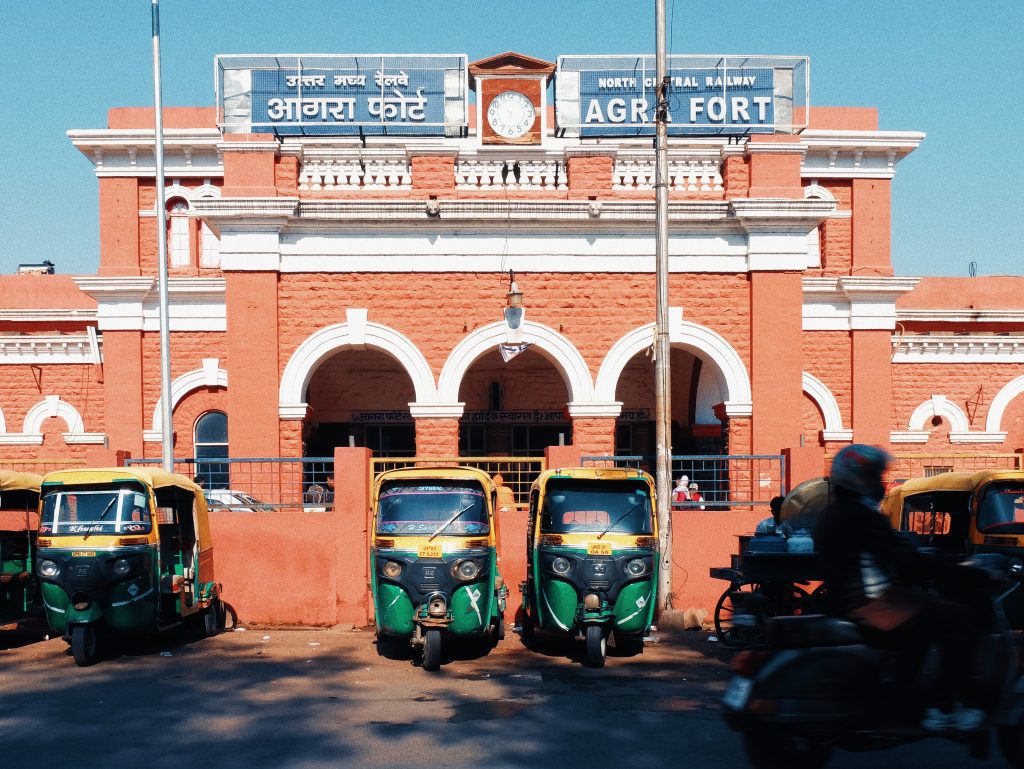February 16, 2018. One of the worst and most inconvenient experiences so far in India was waiting for the train ride from Agra to Jaipur. The Indian train network is vast and extensive but renowned for its caducity and inefficiency.
My train was scheduled to pass by the old Agra Fort station at past 10 in the morning and I was in the station half an hour before the train was scheduled to arrive. I didn’t want to miss it, since it would just be one of the train’s many stops from its origin, I think from all the way in Varanasi. It was announced that it would be delayed by 3.5 hours to around 2:00 PM. At 1:30 PM, they announced that it would arrive at 2:30 PM. At 2:00 PM they announced it would arrive at 3 PM. At 2:45 PM they announced the train will arrive at 3:30 PM. This series of false hopes continued until the train finally arrived at 7:30 in the evening. That was a delay of nine hours. They might as well have announced it from the beginning that it would arrive in the evening so I didn’t have to endure hoping and waiting in such an inconvenient and unkempt station. I didn’t want to leave the station because every time an announcement comes, they’d say it would arrive in just half an hour. I had almost dropped dead out of fatigue on the floor! Worse, it took another half hour before the train left the station!
The actual train ride itself was just more or less 5 hours. I arrived in Jaipur at such an ungodly hour so weary and disappointed I had wanted to abandon this trip altogether. But all is well. Part of the authentic Indian experience to just leave it all up to fate and not on a strict schedule. In other words, be flexible.

February 15, 2018. Time to see the Taj Mahal upfront. The iconic monument has always been ingrained in our collective imagination as humanity reinforced by countless books, photographs, films, cultural references (only rivaled I guess by the Giza Pyramids), it was so surreal to finally see it in person, upfront, and basking on the sunset’s golden hues.


February 15, 2018. I spent the morning at Agra Fort, or the “red fort” to the west of the Agra, a walled enclave similarly established along the banks of the Yamuna River like the Taj Mahal. Initially built as a military fort, it also later on served as a palace for those who ruled this part of India. It changed hands in as many times as it was occupied by the different groups that tried to govern this part of the subcontinent over the centuries from the Lodi Dynasty of the Delhi Sultanate, the Mughal Empire and the Maratha Dynasty, before finally falling into the hands of the British. Today, parts of it is still reserved for the use of the Indian army.


The entire fort is around 34 hectares, and houses dozens of different structures within its 21.4 meters high fortifications. I explored the fort without a tour guide, so most of the information I now know about it came from readings I did after my visit. Nonetheless, my impression of its elaborate architecture at that time is just as amazed as I am still now of its rich history.
At its peak in the late 1600’s, the Mughals ruled from what is modern-day Afghanistan all the way to today’s Bangladesh. Despite being a muslim dynasty with Turk-Mongol and Persian roots, it effectively administered a vast empire of diverse religions (predominantly Hindu), cultures and traditions, through tolerance and alliances.
The Mughals built grand forts, palaces and monuments (such as the Taj Mahal) that rivaled Western architecture and engineering. The Mughal economy also accounted for a fourth of world trade. It was considered India’s last “golden age”.


February 14, 2018. I took a night train from Varanasi to Agra that took almost fifteen (15) hours covering a distance of around 430 kilometers. I was barely able to sleep on the train–a first of many train journeys I was to take in India.
I arrived well into the morning the next day. Exhausted from the trip, I first settled at my hostel and took half a day to rest before venturing off that afternoon.
